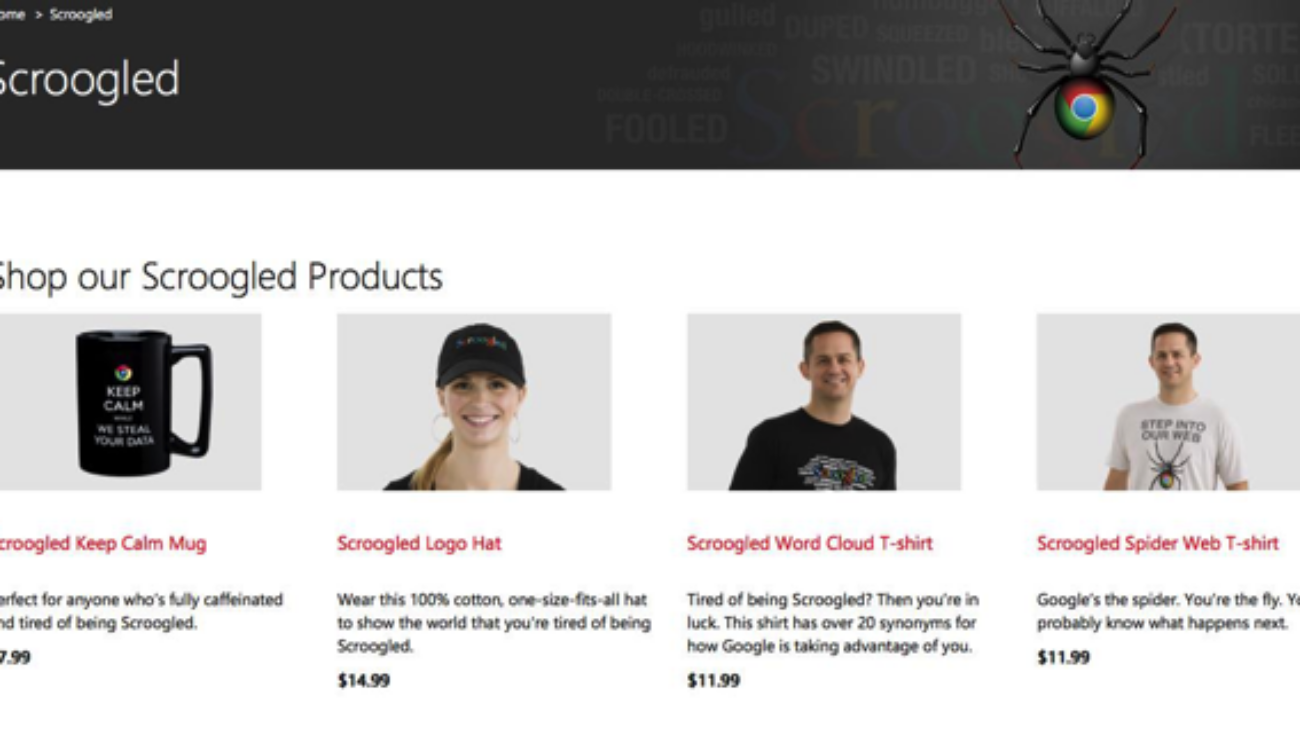Those that know me well will recognise that I have three true passions and priorities in my life:-
- My family – my wife and four beautiful children
- My work – helping individuals, teams and organisations become more productive through the use of online communities
- Providing a home to foster children – for the past three years we’ve provided short-term placements to individual children and sibling groups
So when it came time to revisit number 2 on that list, it made sense to bring in a little of 1 and 3…
Leaving Jive
After a whirlwind and very enjoyable 15 months working for Jive Software, my full-time employment concludes in the next couple of weeks.
I have loved working with so many fantastic colleagues in Jive EMEA and further afield, and never before have I had the opportunity to consult for so many fantastic customers in such a short period of time. With over 25 major projects in just over a year, it has been a phenomenal opportunity to influence the program strategy at well-known organisations that rely on their internal and external communities to support and transform their businesses.
It is my hope and expectation that I will continue to work with Jive going forward – directly, via partners or with customers. Despite the change in circumstances, I will be delighted to keep a positive working relationship with such a great team, plus my admiration for the products has only grown in the time that I’ve had more time to focus on the features they offer.
However, I never envisaged working as an FTE for too long – I’ve been in the independent consulting game for too long and enjoyed it too much to leave it behind long-term. So whilst I’m sad to leave Jive’s employment, I am thrilled to start the next chapter…
So what next?
So, it’s time to start a new consulting business. I’ve been here before with Collaboration Matters (2008) and Social 365 (2011), so what has changed since then?
Internal Communities
I still see massive opportunity for revolutionising work within organisations through the use of interactive intranets and enterprise social networks, plus the application of wider changes currently being considered under the banner of ‘the future of work’.
My involvement with colleagues in the incredible Change Agents Worldwide network only re-emphasise that whilst we’ve come a long way in terms of reinventing and transforming organisations towards openness and transparency (becoming ‘teal’ organisations if you like…), there is still a way to go in so many of the businesses that I interact with.
Many organisations still do not have access to platforms that properly support connecting, communicating and collaborating amongst individuals, teams and communities, and too many of those that do are still only partially-committed to shifting away from traditional M&E (meetings&email) practices towards fully open workstyles.
Given the current marketplace, I anticipate continuing to spend the majority of my time focused on enabling and facilitating corporate clients to accelerate their transformation in this area.
However, over the past few years there are a couple of areas where I’ve felt a deeper and more powerful surge of change occurring, and therefore see a greater opportunity for my input…
External Communities
Whether for customer support, peer-to-peer assistance, product marketing or partner management (or typically some combination of all of these use cases and more), it feels as though an increasing volume of organisations are seeing the need for building vibrant, passionate, collaborative communities outside of their own structures and corporate boundaries.
These types of communities are not new of course, we’ve been discussing ‘extranets’ and the like for at least a decade or more. And yet, the technology available is less mature than on the inside (though products like Jive-x, Lithium’s online community platform and IBM’s Connections Cloud and Digital Experience are improving fast) [note]I plan to work with Jive and IBM technologies going forward, plus potentially others in the future.[/note], but more significantly, the best practices and strategic approach are some way behind. Complexities such as multi-lingual landing pages, content segregation/curation where supply or specifications are controlled by region, efficient SEO, and spam-eradication are challenges that are rarely an issue on internal platforms, yet can make or break an external community.
My analysis is that fewer than 1% of organisations have effective external communities today, and thus the opportunities for both new launches and improvement of existing communities are significant.
Social Communities (outside of traditional corporate structures)
I mentioned both family and fostering at the top of this post, and here’s the reason…

Whilst I have utmost respect for local government institutions and fostering/adoption agencies – they do incredible work under tough conditions and tight financial restrictions – they are hardly paragons of technological excellence!
What we’ve seen through a number of years of working with both official agencies and those that work or volunteer on their behalf is that there is a massive and unanswered need for secure yet accessible online communities. Security and privacy are incredibly important – these are very confidential matters that are being discussed – and yet the needs for connection, communication and collaboration are probably more important than in any other form of organisation. After all, these are folks that are effectively working 24/7 in stressful and emotionally-demanding roles dealing with crises on a daily basis in many cases. Whilst much of the discussion amongst these groups takes place on Facebook and Twitter today, the communication resides on ‘secure’ email, and the collaboration typically takes place face-to-face, if at all. Given the confidentiality concerns, there is no way this can all be moved to a public social platform.
For these reasons, I see huge need for revolution in terms of how these kinds of public service communities operate, and yet neither enterprise vendors nor public networks are really providing an adequate solution today. I plan to take this on as a significant goal for the new business.[note]I’d include user groups and other independent bodies in this category too – there are few platforms that really suit this requirement today.[/note]
Launching the new company
 Hence the name we’ve chosen… Fostering Community.
Hence the name we’ve chosen… Fostering Community.
Whether internal, external or public service, I want to see communities launched, develop, mature and deliver value to their members, and I’m throwing all my efforts into making that happen for my clients and my peers.
If you’d like my assistance with a project you have planned, or just a spark of an idea for a community that you’d like to bring into reality, please do get in touch.





 I have also heard great things about
I have also heard great things about 






 I am delighted to announce that later this month I will be joining
I am delighted to announce that later this month I will be joining 
